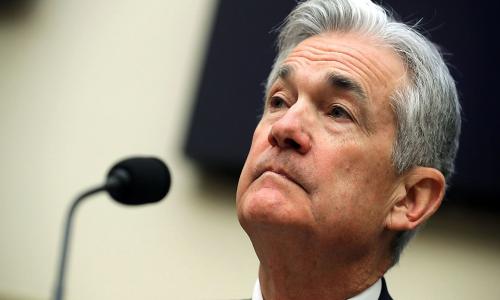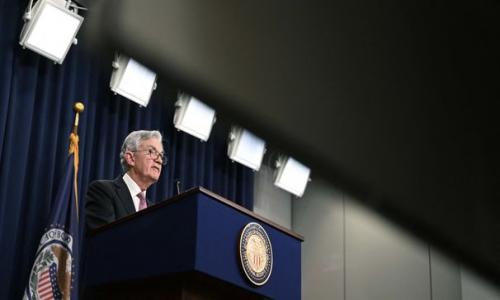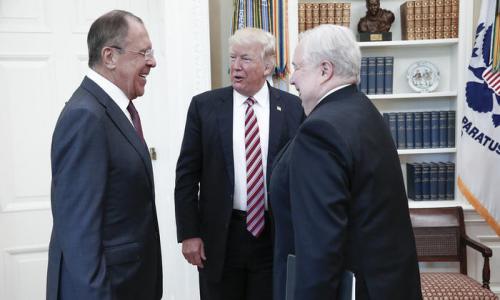The Federal Reserve has tapered its bond buying, beginning to contract its $120 billion monthly bond buying purchases that propped up the economy after COVID-19 struck in March 2020. The bond buying will be decreasing by about $15 billion a month.
The Fed’s actions – and other stimuli that have been introduced – served its purpose initially. Powell not only prevented a catastrophic recession in 2020; he also kept financial markets intact and maintained full employment.
But, these types of actions were designed to address an emergency and to keep things intact through 2021. They also, though not designed, created inflation that is by even the most conservative metrics running well above 3.50%, and by more realistic metrics as high as 7.00%. In short, we now have rampant inflation that is reflected in the price of everything from bread to mega-mansions.
After the Fed first lowered interest rates to its current range of zero to 0.25% on March 15, 2020, Chairman Powell guided that it would hold interest rates at this level until 2023 or 2024. Somehow, Powell has been unable or unwilling to process new information as it has come to him, and he has held the Federal Reserve to this pronouncement through 2021. In fact, Powell is unwilling to commit to any sort of schedule to raise rates in 2022.
The Fed and the Treasury Secretary insist that the inflation we are seeing is transitory. The new language released today is that inflation “is expected to be transitory”.
Regardless of whether inflation is transitory or not, it is here now, and the Fed is way behind the curve. Holding interest rates at this level is now creating a complete diminution of people’s purchasing power. $1000 that you earn today can be worth $1005 in one year if you put it in an online savings account or online CD, and that $1005 will buy you goods and services that today would cost you only $930, if you are lucky.
In emerging markets that have experienced this kind of currency depreciation, people would run to the bank and place their money in a high yielding account or switch it into dollars. This is not possible here, unfortunately.
In the US, our alternative currency has become Bitcoin, a virtual token that isn’t a currency at all and that has so far failed to emerge as a currency (except where it is used to pay off international hacks). It was established as a Ponzi scheme and it may now be forced through circumstances of the Fed’s creation to replace the US dollar as the most accepted means of exchange.
By just announcing a taper and failing to at least begin to address this reality by raising the Fed funds rate, the Fed is showing that it just doesn’t care.














Add your Comment
or use your BestCashCow account